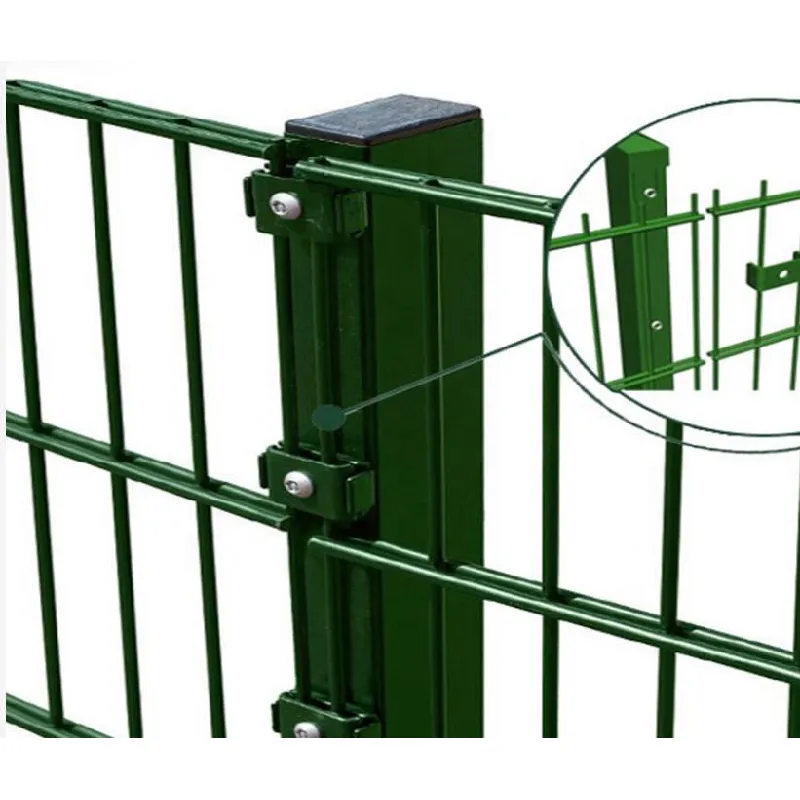
- Afrikaans
- Albanian
- Arabic
- Armenian
- Azerbaijani
- Basque
- Belarusian
- Bengali
- Bosnian
- Bulgarian
- Croatian
- Czech
- Danish
- Dutch
- English
- Esperanto
- Estonian
- Finnish
- French
- Galician
- Georgian
- German
- Greek
- hawaiian
- Hindi
- Hungarian
- Indonesian
- irish
- Italian
- Lao
- Latvian
- Lithuanian
- Luxembourgish
- Macedonian
- Maltese
- Myanmar
- Norwegian
- Polish
- Portuguese
- Romanian
- Russian
- Serbian
- Slovak
- Somali
- Spanish
- Swedish
- Thai
- Turkish
- Turkmen
- Vietnamese
Ное . 17, 2024 00:17 Back to list
cattle rail fencing
Understanding Cattle Rail Fencing A Comprehensive Guide
When it comes to managing livestock, particularly cattle, ensuring their safety and the integrity of the land they inhabit is essential. Cattle rail fencing, often regarded as one of the most effective solutions for containing and protecting cattle, has gained popularity among farmers and ranchers. This article will explore the importance of cattle rail fencing, its types, benefits, and installation considerations.
What is Cattle Rail Fencing?
Cattle rail fencing refers to fencing systems designed primarily to contain cattle within a designated area. Traditionally made from wood, this fencing system typically features horizontal rails attached to sturdy vertical posts. The design not only keeps livestock secure but also enhances the aesthetic appeal of a farm or ranch.
Types of Cattle Rail Fencing
1. Wooden Rail Fencing The most traditional form of cattle rail fencing, wooden rails are usually made of durable hardwood, providing both longevity and strength. Common configurations include three or four horizontal rails, with heights that usually range from four to five feet.
2. Vinyl Rail Fencing For those seeking a low-maintenance alternative, vinyl fencing is an excellent choice. While slightly more costly upfront, vinyl does not require painting or staining and is resistant to rot and insect damage, making it a durable option.
3. Metal Rail Fencing This type often utilizes galvanized steel or aluminum rails, combining strength and longevity. Metal rail fencing can withstand harsh weather conditions and is great for maintaining a safe environment for livestock.
Benefits of Cattle Rail Fencing
1. Safety for Livestock Cattle rail fencing provides a secure barrier for cattle, significantly reducing the risk of them wandering off, which can lead to accidents or loss of animals. This not only ensures the safety of livestock but also protects neighboring properties.
2. Aesthetic Appeal Beyond functionality, cattle rail fencing can enhance the visual charm of a farm or ranch. Wooden and vinyl options can be painted or stained to match the surrounding landscape, creating a cohesive look.
3. Low Maintenance With options like vinyl and metal railings, ranchers can choose fencing materials that require minimal upkeep. This is especially beneficial for those who manage large land areas as it saves time and effort in maintenance.
cattle rail fencing

4. Durability and Longevity High-quality materials used in cattle rail fencing play a crucial role in their durability. Wooden fences, if treated properly, can last for decades, while vinyl and metal options can resist weather deterioration and insect infestations.
5. Versatile Design Options Cattle rail fencing comes in various designs and heights, allowing ranchers to customize their setup based on the specific needs of their land and livestock. Curved or angled designs can also be used to create unique enclosures.
Installation Considerations
Installing cattle rail fencing requires careful planning and execution. Here are some essential steps
1. Planning the Layout Before installation, it’s imperative to plot the layout according to the terrain and pasture size. Ensure there are no obstacles in the way, and consider the natural paths that cattle might take.
2. Selecting Materials Choose high-quality materials that are appropriate for the specific conditions of your land. Regions with harsh weather might require sturdier options.
3. Setting Posts When installing, setting the posts is one of the most crucial parts. Deeply rooted, sturdy posts will ensure that the rails remain stable and secure.
4. Installing the Rails Attach the horizontal rails at the desired heights, ensuring they are level and secure. For added stability, consider using brackets or braces where necessary.
5. Regular Inspections After installation, regular inspections are important to maintain the integrity of the fence. Check for signs of wear, damage, or shifts in the posts over time.
Conclusion
In conclusion, cattle rail fencing is an invaluable investment for anyone involved in livestock management. By providing safety, aesthetic appeal, and durability, it allows ranchers to focus more on their operations while ensuring their cattle are secure. As with any agricultural venture, understanding the specific requirements of your land and livestock will guide you in selecting and installing the best fencing solution.
-
Versatile Sheep and Livestock Hurdles for Sale
NewsApr.14,2025
-
The Rise of BRC Fencing
NewsApr.14,2025
-
High-Quality Cattle and Horse Panels for Sale
NewsApr.14,2025
-
Durable Cattle Fencing Solutions
NewsApr.14,2025
-
Double Wire Fencing Solutions
NewsApr.14,2025
-
360 Degree Protection with 358 Anti-Climb Fences
NewsApr.14,2025









